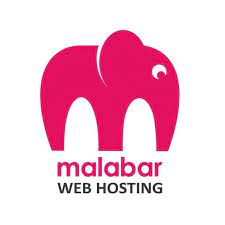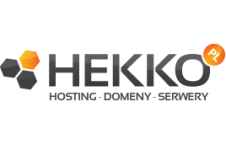Advanced Techniques for Optimizing Core Web Vitals and Improving User Experience
Core Web Vitals, recently introduced by Google, are a set of metrics that Google considers important to the page experience of a website. They measure the page speed, responsiveness, and visual stability of your site. Core Web Vitals are made up of three specific measurements that Google has deemed essential in delivering a good page experience to site visitors.
In June 2021, Google will begin to gradually roll out the page experience update which will make Core Web Vitals a crucial aspect of your page experience score. Google explained, “The new page experience signals combine Core Web Vitals with existing search signals including mobile-friendliness, safe-browsing, HTTPS-security, and intrusive interstitial guidelines.” This means in order to get your pages to rank higher on Google, it’s a good idea to assess the Core Web Vitals on your site and make the necessary changes before the Google “page experience update” takes action.
The Critical Role of Core Web Vitals
Core Web Vitals are a set of metrics that measure crucial aspects of user experience, directly impacting Google rankings and user engagement. These metrics include:
- Largest Contentful Paint (LCP): Measures perceived loading speed, focusing on the render time of the largest image or text block within the viewport.
- First Input Delay (FID): Quantifies interactivity, measuring the time it takes for a browser to respond to a user's first interaction (click, tap, keypress).
- Cumulative Layout Shift (CLS): Evaluates visual stability, measuring the sum of all unexpected layout shifts during the entire page lifecycle.
Advanced Optimization Techniques
1. Fine-Tuning Server-Side Performance
- Optimize Server Response Time (TTFB): Minimize Time to First Byte by using a fast hosting provider, leveraging a content delivery network (CDN), and optimizing server-side code and database queries.
- Implement Caching Mechanisms: Utilize server-side caching (e.g., page caching, object caching) and browser caching to reduce server requests and deliver content faster.
- Enable HTTP/2 or HTTP/3: Leverage the performance benefits of modern protocols like HTTP/2 and HTTP/3, including multiplexing, header compression, and server push.
2. Image Optimization and Content Delivery
- Choose Modern Image Formats: Opt for next-generation image formats such as WebP and AVIF, providing superior compression and quality compared to traditional formats like JPEG and PNG.
- Implement Responsive Images: Serve different image sizes based on the user's device and viewport size using the
srcsetattribute. - Utilize Image CDNs: Offload image delivery to dedicated image CDNs that optimize and cache images globally, reducing latency and improving page load times.
- Lazy Load Images and Videos: Defer loading of offscreen images and videos until they are needed, prioritizing above-the-fold content and improving initial page rendering.
3. JavaScript and CSS Optimization for Enhanced Rendering
- Minimize and Defer JavaScript: Reduce JavaScript file sizes through minification and code splitting. Defer non-critical JavaScript execution until after the page has rendered to prevent blocking the main thread.
- Optimize CSS Delivery: Minify CSS files and utilize critical CSS techniques to inline essential styles for above-the-fold content, improving First Paint and Largest Contentful Paint.
- Leverage Browser Caching: Set appropriate cache headers for CSS and JavaScript files to allow browsers to cache and reuse assets, reducing subsequent page load times.
4. Advanced Front-End Optimization Strategies
- Preload Critical Resources: Use
to instruct browsers to fetch critical resources early in the page load process, such as fonts, CSS, or JavaScript files. - Optimize Font Loading: Choose web-safe fonts or optimize custom font loading by subsetting font files, preloading, and using the
font-displayproperty to control text rendering during font loading. - Minimize DOM Size and Complexity: Reduce the number of DOM elements and nesting levels to improve rendering performance, especially on mobile devices.
5. Continuous Monitoring and Performance Testing
- Regularly Monitor Core Web Vitals: Use tools like Google PageSpeed Insights, Lighthouse, and web vitals monitoring tools to track Core Web Vitals over time and identify areas for improvement.
- Perform A/B Testing: Conduct A/B testing to measure the impact of optimization changes on real user experience and validate their effectiveness.
- Stay Updated with Best Practices: Web performance is constantly evolving. Stay informed about the latest optimization techniques and best practices to ensure your website remains fast and efficient.
By implementing these advanced strategies and continuously monitoring performance, experienced web professionals can significantly optimize Core Web Vitals, deliver exceptional user experiences, and achieve higher search engine rankings.
Remember that optimizing for Core Web Vitals is an ongoing process that requires a deep understanding of web performance principles and a commitment to continuous improvement. By prioritizing user experience and website speed, you can create a website that not only performs well but also engages and converts visitors effectively.
















